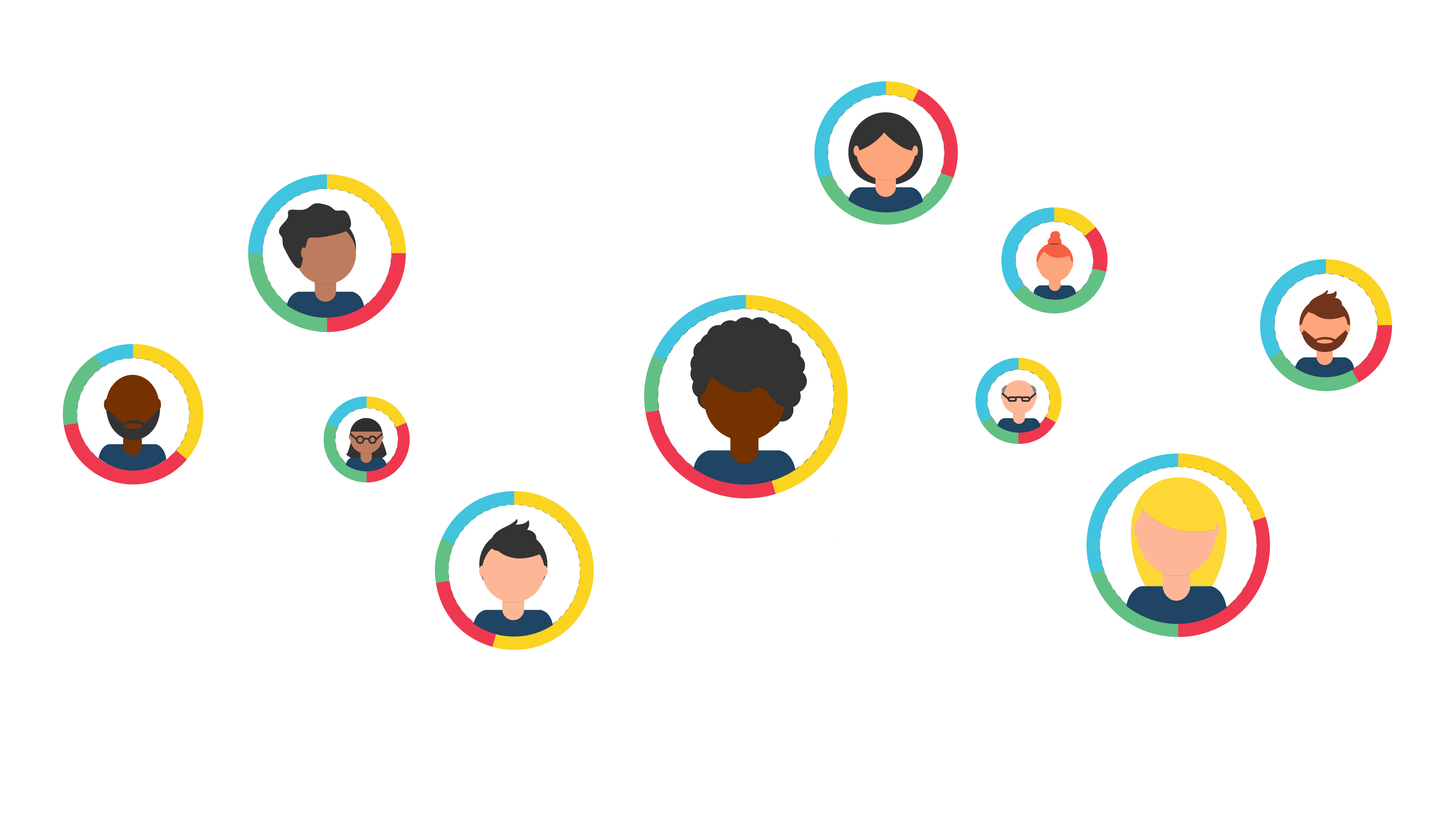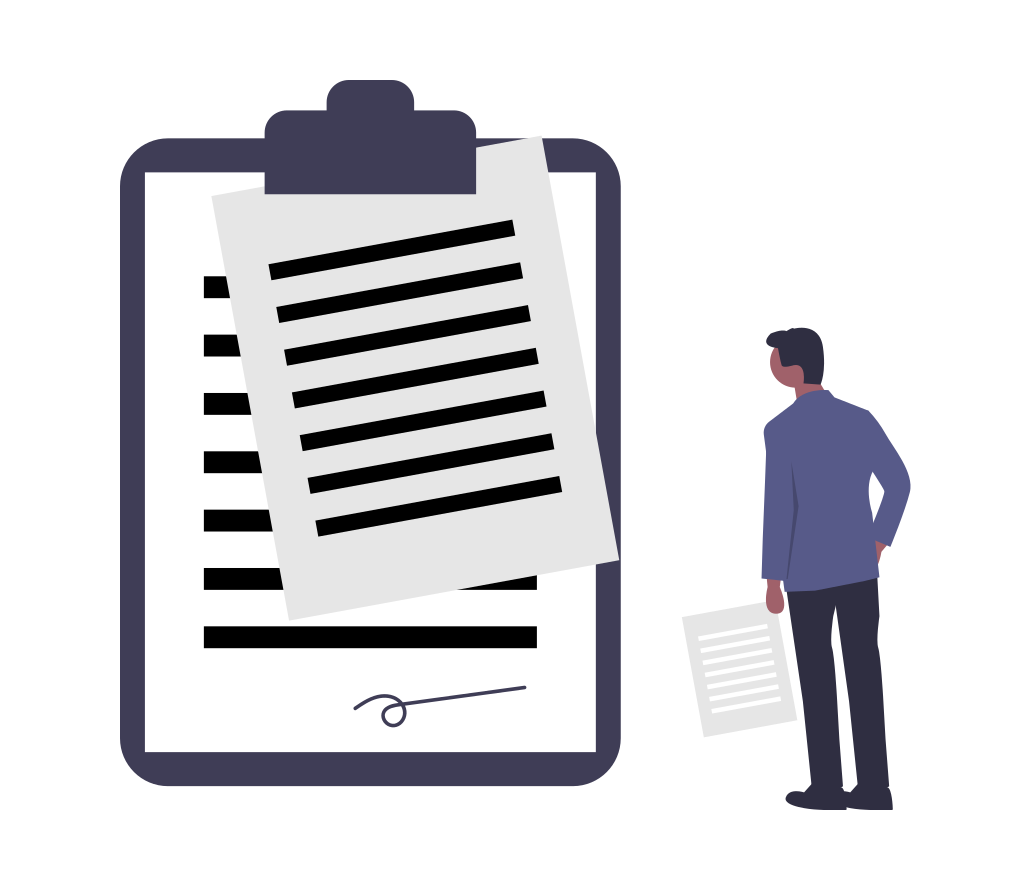Whole Brain Business Book is that no matter who you’re interacting with, whether it’s at work or at home, when it comes to thinking preferences, expect difference.
Sure, it’s often easier to work with someone who has similar thinking preferences to your own. It’s as if you operate in your own shorthand, and you instantly seem to “get” each other. But it’s not always possible, or even likely, that you’ll be surrounded by people who prefer think like you do. In fact, our data shows that difference is more often the norm.
This is a good thing! In fact, a study of teams with the US Forest Service found that when you have difference in a team—and that can be a difference in thinking styles, gender, age or other factors—the team is 66% more effective. And we certainly know from our research that you can get a lot more creative output from a group of diverse thinkers.
The challenge is that the brain likes patterns, so it’s always looking for similarities. When a difference occurs, it’s jarring, and in some instances we don’t always react in a way that’s very positive. But you can change your mindset about differences. Recognizing both the reality and the value in difference is a good starting point.
Here are four tips for getting the most from your own and others’ thinking diversity:
- Expect it and plan for it so you’re not quite so surprised when you face it. Awareness can keep you from having a knee-jerk reaction or jumping to conclusions.
- Look for the learning you can get from different perspectives: What might you overlook without them? That, alone, may encourage you to seek out differences.
- Keep in mind this process requires a mental stretch. If you’re irritated, the other person probably is, too. You both have to stretch to bridge the thinking divide, so recognize what’s happening and cut each other some slack.
- Unique is normal—so have fun with it! In nearly every discussion we have with clients, they share stories of how recognizing and valuing thinking diversity has helped them lighten up about it. They realize the differences aren’t personal, it’s just “where she’s coming from."
What are some of the ways you can apply these in your work? Or how about at home?











